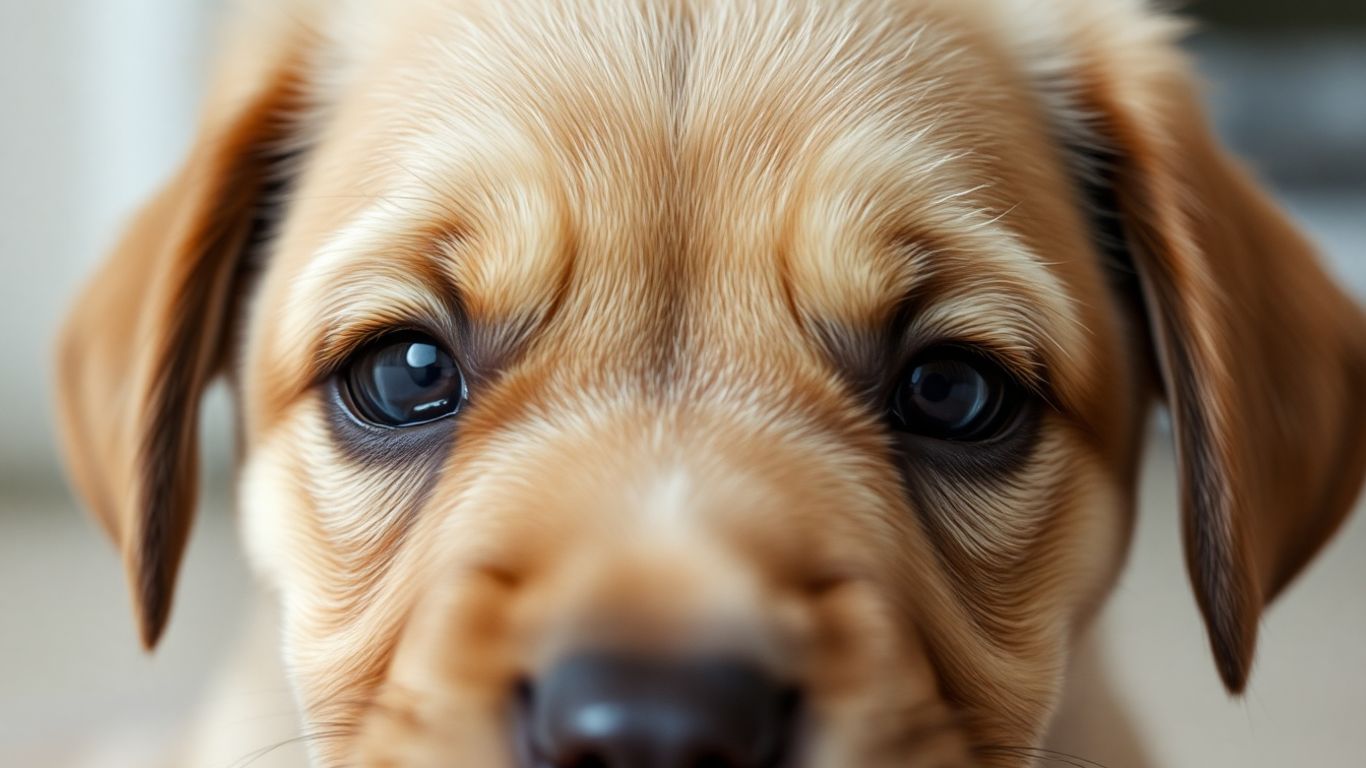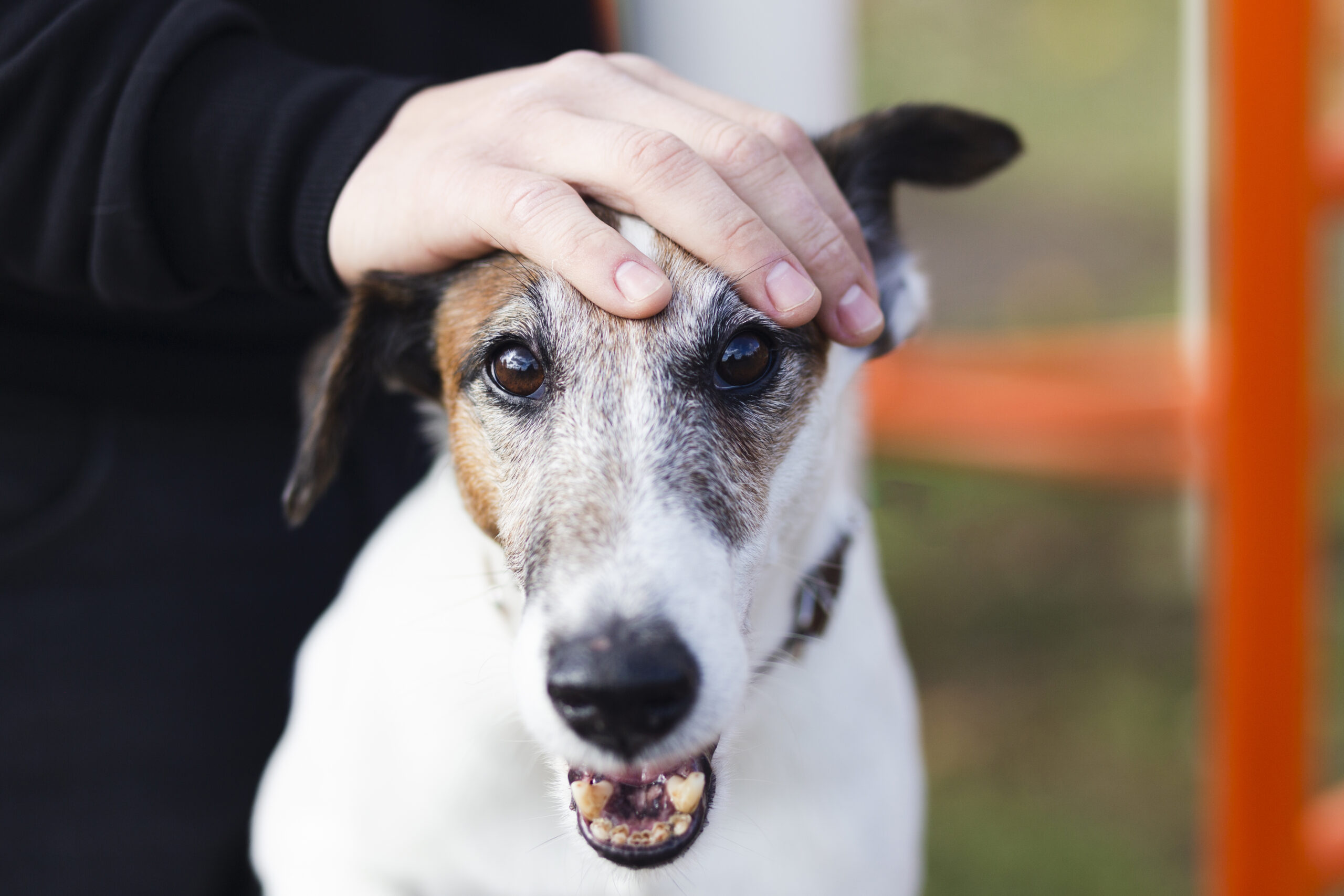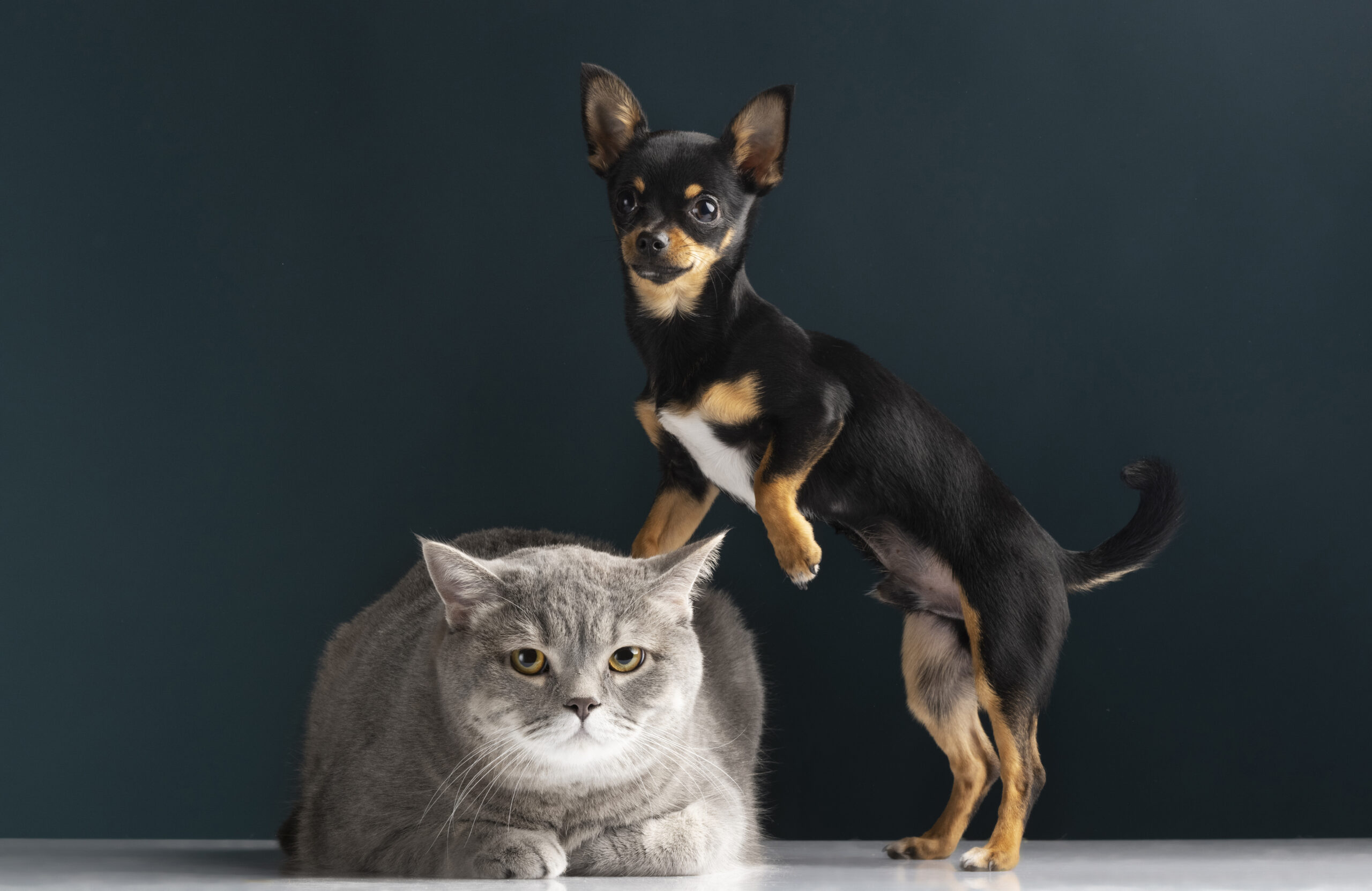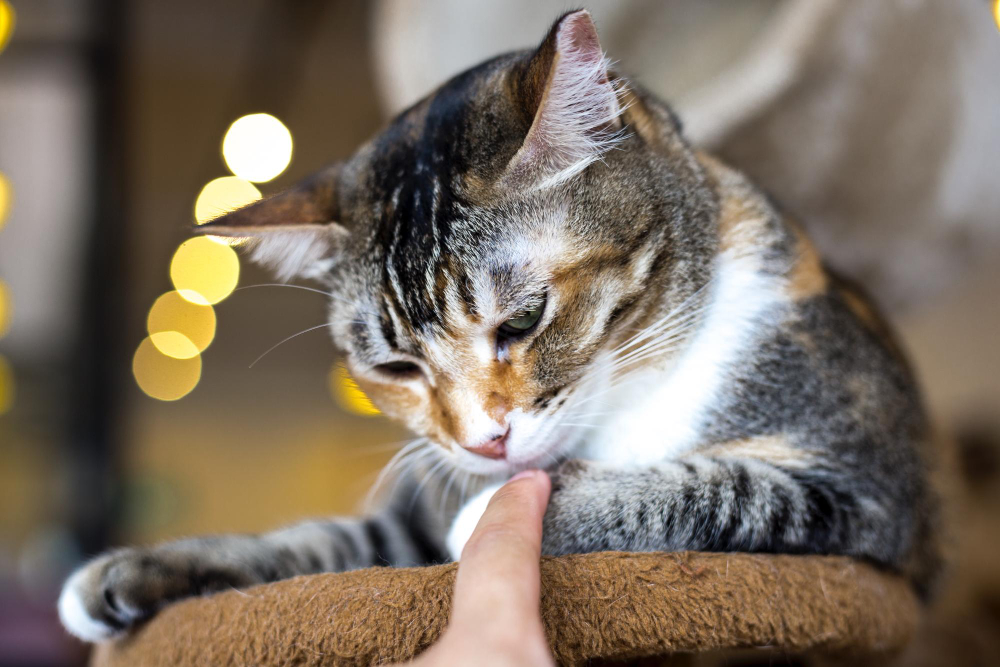Cats have shared homes with people for many hundreds of years, yet not every breed has captured the same spotlight. While most of us recognize Persians or Maine Coons, a quieter group of rare cats quietly carries tales and traits all its own. Come along as we peek into this lesser-known corner of the feline world and see what gives these breeds their charm.
Until quite recently, many Cat Breeds stayed under the radar outside their home turf, known mainly to locals who cherished them. Only when enthusiastic breeders and fanciers started telling their stories did the wider world begin to notice, yet the cats are still bred on a small scale.
What Makes Rare Breeds Stand Out? Because these cats have slipped through the cracks of mainstream popularity, they carry quirks that grab attention whenever they do appear.
Unique Physical Traits
One of the first clues to their rarity is how they look. The Scottish Fold, for example, curls its ears forward in a way that can remind you more of an owl than a tabby. That sweet fold springs from a harmless gene change, and although the breed remains scarce it keeps climbing pet wish lists.
Equally striking is the Peterbald from St. Petersburg, a cat that glides through rooms with bare, satin skin or the light fuzz of a peach. Whether completely nude or dressed in a whisper-thin coat, it never quite resembles the catalogue of everyday house pets.
Distinct Temperaments
Many rare pets boast personalities as striking as their unusual coats. Take the LaPerm, for example; its springy curls come with a dog-like need to snuggle and stay close. People often say the breed seems to read joy or worry on an owners face, which makes it a heartwarming little therapist at home.
By contrast, the Sokoke-a Kenyan cat born among coastal forests-moves with an edge of watchfulness most domestic breeds never show. Quick, curious, and still somewhat wild at heart, the Sokoke carries a hint of its African roots in every leap and swish of its long tail.
Historical Significance
Rare breeds also drag along stories that lend extra romance to their already glamorous looks. The Chartreux, for instance, is said to have patrolled stone monasteries while silent monks copied manuscripts in the cool French mountains. Myths claim those smoky-blue felines have slept on scriptorium benches for centuries, and that long watchful past still sparkles in their orange eyes today.
So why are these breeds so uncommon?
Several twists of fate keep them scarce. The Serengeti, for instance, owes its existence to careful hobby breeders who spent years recreating the spotted pattern of a distant serval. The Khao Manee, meanwhile, once glittered in royal courts across Thailand, meaning only kings, queens, and their chosen few ever got to admire its snow-white coat and diamondlike pupils.
Limited breeding, physical separation in their home regions, and other genetic hurdles all help explain why some breeds remain scarce. Many of these cats carry a narrow gene pool, so obvious health risks appear, and that scares off new breeders.
The Role of Breeders and Cat Fanciers
Dedicated breeders and passionate cat fanciers are the frontline guardians of the rarest cat breeds. By guiding mating choices, they try to spread good genes, keep health issues in check, and showcase each breeds special traits. Groups such as The International Cat Association (TICA) and the Cat Fanciers Association (CFA) work hand in hand with these dedicated people, promoting kinder care and setting rules that help these cats thrive.
The Joy of Owning a Rare Cat Breed
Living with a rare cat breed quickly becomes a one-of-a-kind pleasure. Beyond striking looks and an often colorful story, these cats offer quirky personalities that turn everyday moments into small adventures. Whether you welcome a Singapura, lovingly called the Little Lion of Asia, or a Cornish Rex with its springy antics and tousled curls, you gain a faithful companion who truly feels unique.
Caring for Rare Cat Breeds
Looking after unusual cats means tuning in to what each one really needs:
- Diet: Some rare breeds eat differently because of their size or energy level. For example, the busy Cornish Rex usually does best on a high-calorie food, while long-haired types like the Turkish Van shine on meals rich in omega oils for a glossy coat.
- Grooming: Many of these cats also need a regular brush. Dolls like the LaPerm or the Scottish Fold benefit from short, frequent sessions to stop mats and keep their curls or plush fur looking sharp.
- Socialization and Enrichment: Breeds such as the Serengeti burn off energy through climbing and pouncing, so plenty of sturdy toys and shelves, plus daily play, keep them content and calm.
Preserving the Beauty and Uniqueness of Rare Breeds
As we admire these remarkable cats, we must also protect them for tomorrow. Whether by breeding responsibly, sharing knowledge, or simply telling their stories, each of us can help these treasures keep thriving in a changing world.
Adopt a rare feline and you get far more than distinctive looks; you welcome quirks, stories, and a piece of lost history into your daily rhythm. Whether the splash-happy Turkish Van or the quiet, slate-coated Chartreux, every unusual breed underscores the amazing variety hidden within the cat family. When we take time to learn about them and lend our support, we help keep their lineage healthy and, just as important, keep their fascinating tale alive.
EXTRA:
Pawrpose AI is rethinking pet care—smarter, kinder, and more connected. No more guesswork about your pet’s health, at any age.
Read more here: Pawrpose AI












